This is the fourth post from our August trip with Coetzer Nature Photography (CNP) to Chobe. August is the last of the winter period in Southern Africa. This means that the endemics and residents are around but not the migrants. This post shows off the feathers of those who stay during winter.
“Photography is a way of feeling, of touching, of loving. What you have caught on film is captured forever… it remembers little things, long after you have forgotten everything”.
– Aaron Siskind
Travelling by boat up to Serondela, we saw this African Harrier-Hawk close to Buffalo bend. I much prefer the old name “Gymnogene”. It conjours up an image of something unusual. Given its predatory habits and double-jointed legs, it is unusual. It’s very broad wings allow it to fly slowly along the river bank hunting for prey. This character stopped in front of us to have a drink of water.
This is probably one of the most feared and hated birds along the river’s edge because it raids other birds nests.
As the water level had been falling since June, many barbel seemed to have been caught on the grass islands. This made easy pickings for Marabou Storks and Fish Eagles alike. This Fish Eagle took an exception to an opportunistic Marabou Stork invading his personal space.
In the scurry, an Egyptian Goose was madly scrabbling out of the way. The Fish Eagle was just scaring the Marabou away. There was no major fight.
Down at Elephant Valley, you are likely to see at least one Red-billed Spurfowl come down to drink. You don’t normally seem them in South Africa, only in Botswana and the northern half of Namibia.
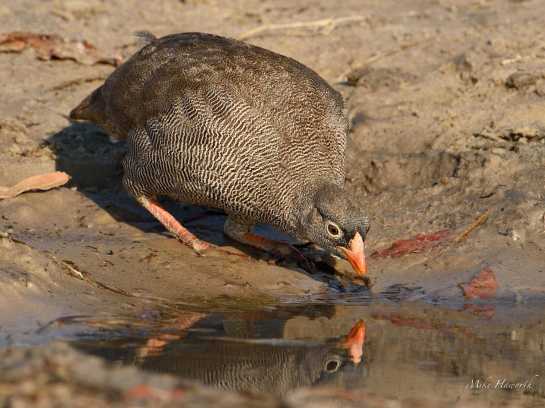
They are very wary and easily scared off – running away at break-neck speed and seeming to prefer running rather than flying, though they are good short distance fliers.
Jewel in the reeds. This little Malachite Kingfisher had just caught a small fish. A big mouthful for such a small bird. You will find these jewels along the sand banks exposed as the river subsides.
It did not try to swallow its catch straight away so was probably taking it back to its mate at the nest site. The low contrast in the image indicates that it was perched in the shade of the bank.
“To learn the magic of light, get up before sunrise…and watch”.
– Ted Grant
We nickname the Marabou Stork “Doctor Death” as it often sits on the tops of trees in the evening waiting for darkness. They look like the night’s undertakers waiting to get to work. A pair of Marabou were fighting over a strand of grass – this gives you a sense of how busy it was in that area that morning!?!

The Marabou Stork has got to be one of the ugliest birds on the Chobe. It is that pink head and neck and almost bald head with scruffy strands of hair (or perhaps very thin feathers) sticking out.
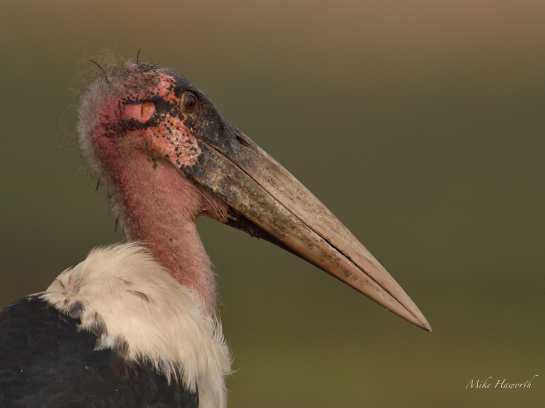
It was cold that morning so this Marabou tucked its bare neck into its fleecy jacket. It kept a beady eye on us as we went passed.
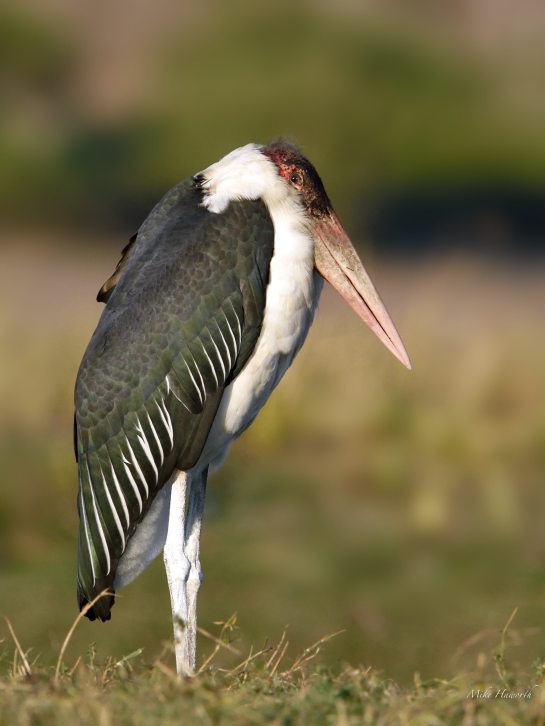
The Grey-headed Gulls were back. They are really good fishermen, easily as good as the Yellow-billed Kites.
We saw surprisingly few Giant Kingfishers on this trip. Although the male and female superficially look the same, the male has a chestnut breast, white belly with black spots and white under wing coverts.
The female has a white breast with black spots and chestnut belly with chestnut underwing coverts. The Giant Kingfisher below is a juvenile female and was being spooked by every bird that flew overhead. She was sitting on a sand bank with grass all around, so could not see anything coming and consequently got a fright each time a bird flew passed. With each scare she would spread her wings to look bigger and more aggressive.
The iconic Fish Eagle. There are many pairs resident along the river from Kasane down to Serondela. I defy any photographer not to want to take shots of these majestic raptors.
I have always seen Yellow-billed Storks as placid birds. No so that day.
The aggressor was not having another feeding on his turf. Those big wings give them considerable lift when they need it.
These large Yellow-billed Storks seemed quite happy catching “tiddlers”. There were probably no large fish around.
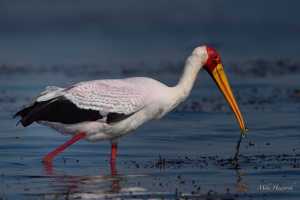
This female Saddle-billed Stork was standing on one leg in reasonably strong wind hence the feathers on her back rising – quite incredible balance. The female has the yellow eye-ring and no yellow wattle under her chin. The male’s eye is black with no yellow eye-ring. We did not see the male.
A White-faced Whistling Duck coming in to land. Who needs air brakes when you have feet like that. Normally you would see the alula extended.
“Of what use are lens and light to those who lack in mind and sight? “
– Anonymous
Young and scruffy looking White-faced Whistling Duck coming in to land.
It was too early in the season for the Carmine Bee-eaters but we always love watching these Little bee-Eaters. They are exquisitely beautiful and skilful hunters.
The African Darter is also known as the “Snake bird’. It is that flexible neck which gives it its snake-like appearance.
“A wise old owl sat on an oak;
The more he saw the less he spoke;
The less he spoke the more he heard;
Why aren’t we like that wise old bird?”
– Edward Hersey Richards
Lilac-breasted Roller displaying – its colours are exquisite and its rolling displays even more impressive.
Three is a crowd – the male in the middle could not break this pair’s bond, but the threesome provided a spell binding sighting.
I have seen young Jacana’s tucked under their father’s wing. I have seen them under the water using their beaks as a snorkel but I did not know they could swim so well.
This young African Jacana casually stepped into the water and swam just like a duck – amazing.
Trying to photograph flying Jacana’s is a photographic necessity but the backgrounds can be problematic!!!

“Nature is so powerful, so strong. Capturing its essence is not easy – your work becomes a dance with light and weather. It takes you to a place within yourself”.
– Annie Leibovitz
Common Sandpiper searching for food along the river’s edge – bobbing as its went along. I use its white shoulder patch as my main identification marker.
Young Black-winged Stilt – the tendons in those spindly legs must be very strong.
The Glossy Ibis is every bit as beautiful as its cousins – thankfully it is quiet unlike it Hadeda cousin.
“Catching some rays” – this Spoonbill was drying its wings. I have seen Fish Eagles and Bateleurs do the same thing.
The birdlife along the Chobe is something to behold. The sightings and photographic opportunities are always prolific, which makes this a premier destination for any birder or photographer.
“The greatest achievement was at first and for a time a dream.
The oak sleeps in the acorn,
the bird waits in the egg,
and in the highest vision of the soul a waking angel stirs.
Dreams are the seedlings of realities”.
– James Allen
Explore, seek to understand, marvel at its interconnectedness and let it be.
Have fun
Mike

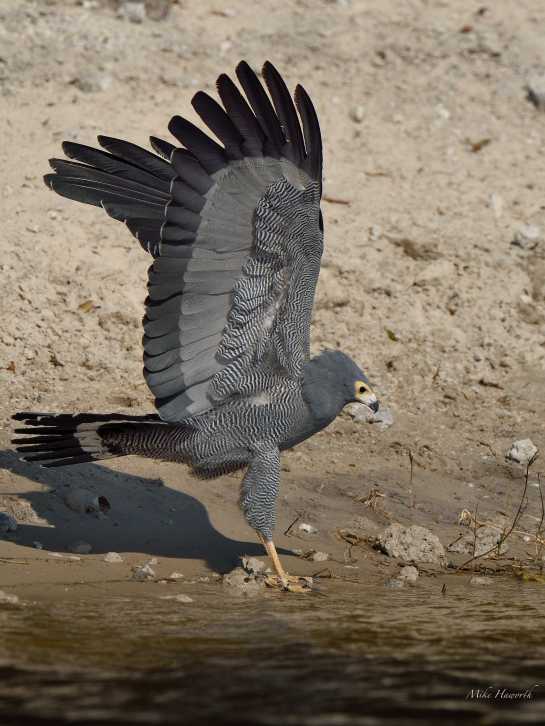
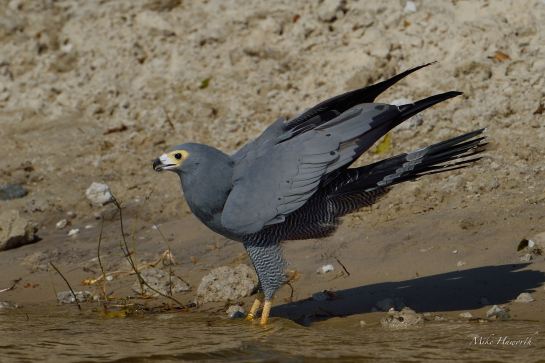
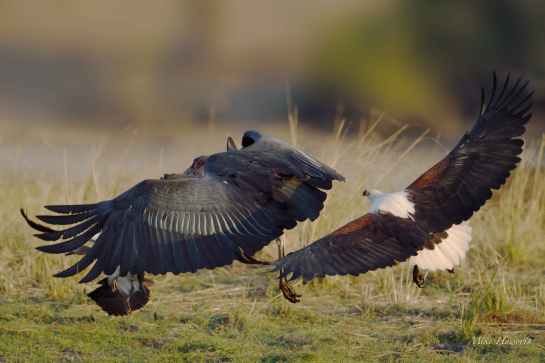
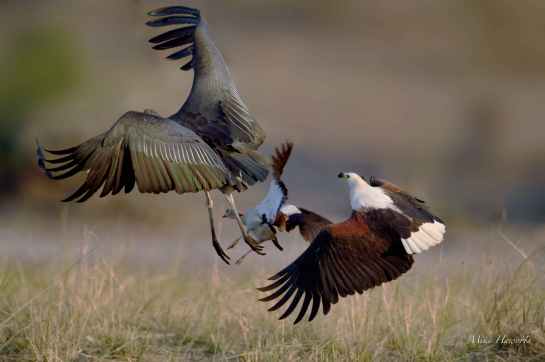
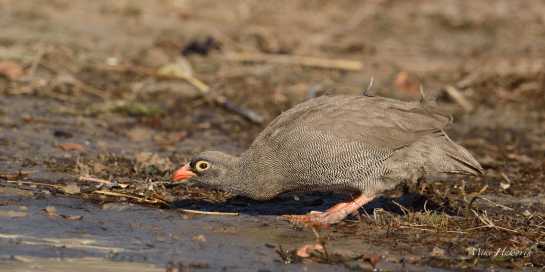
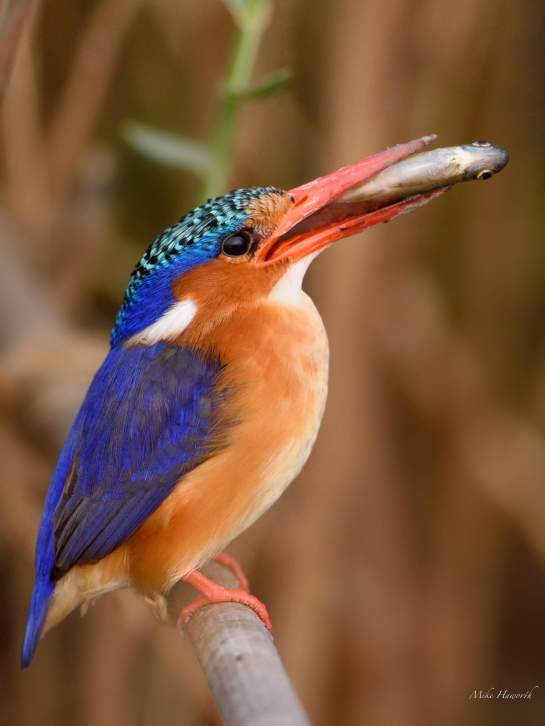
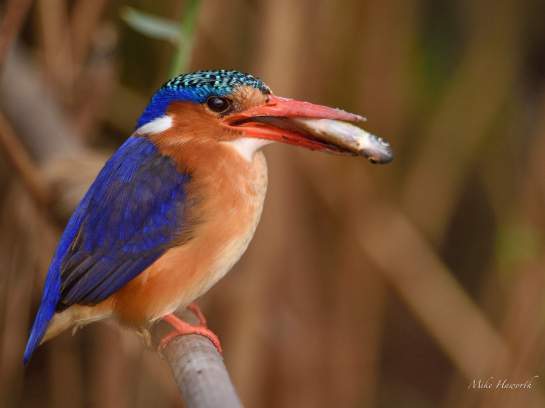
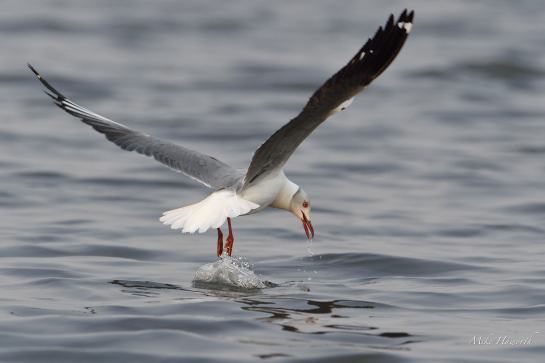
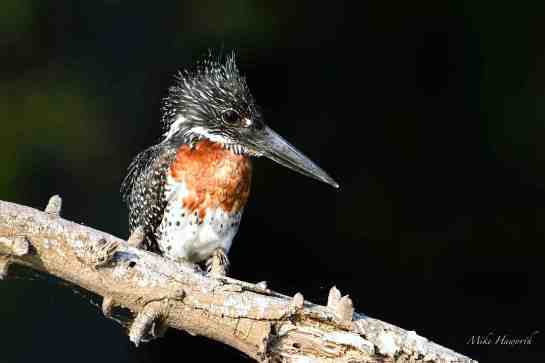
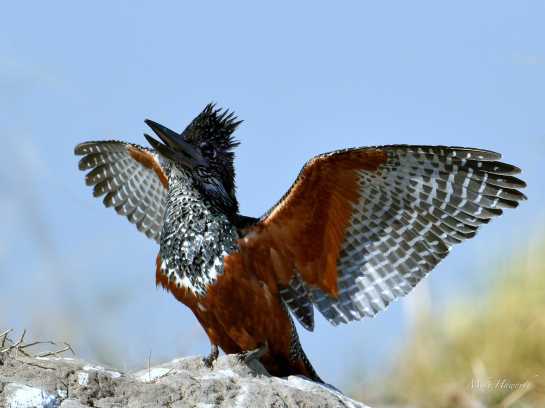
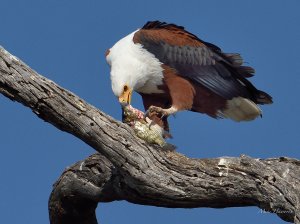


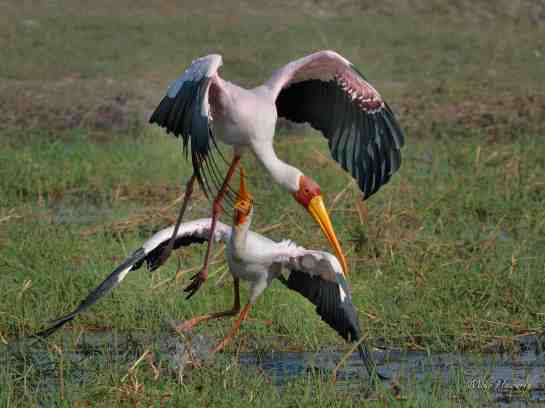

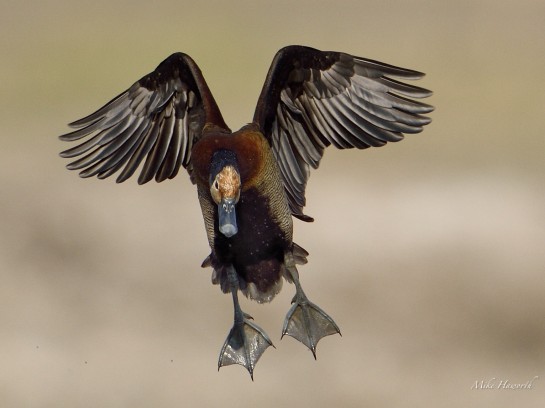
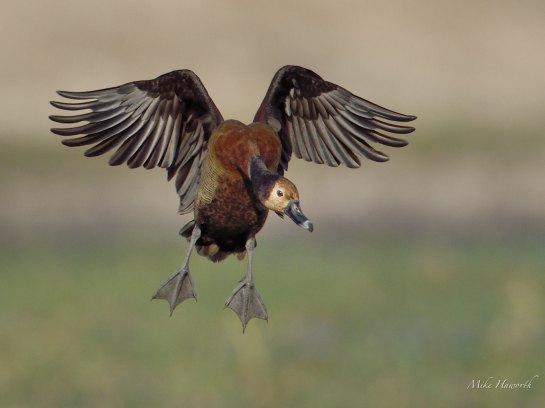
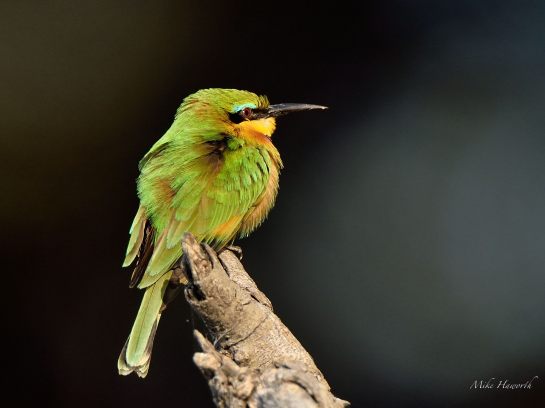
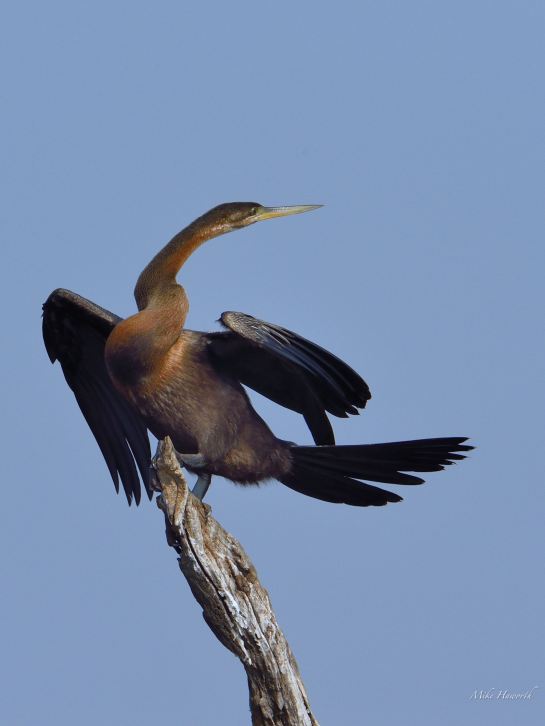
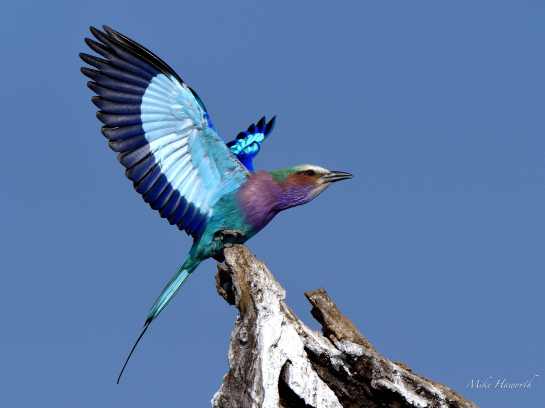

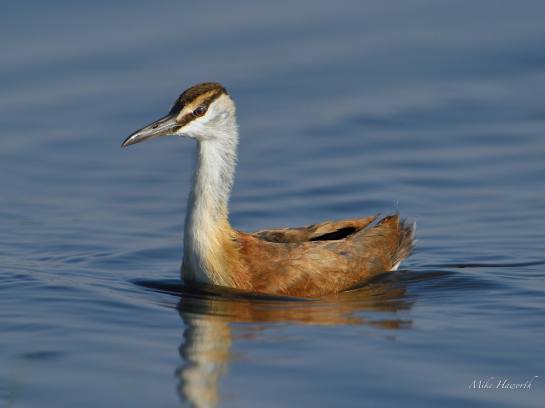
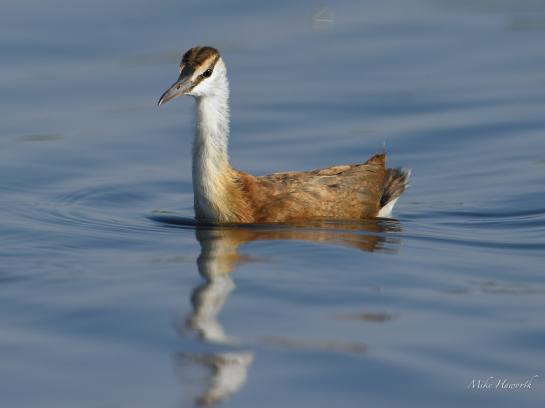
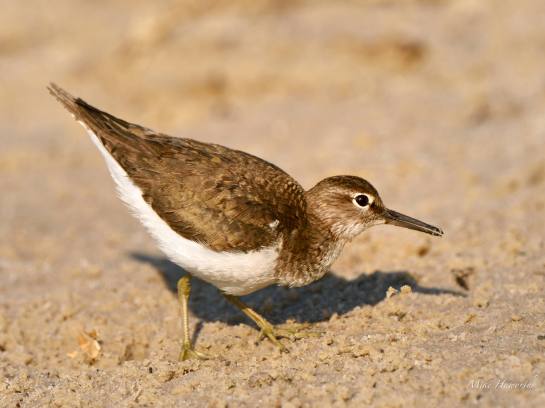
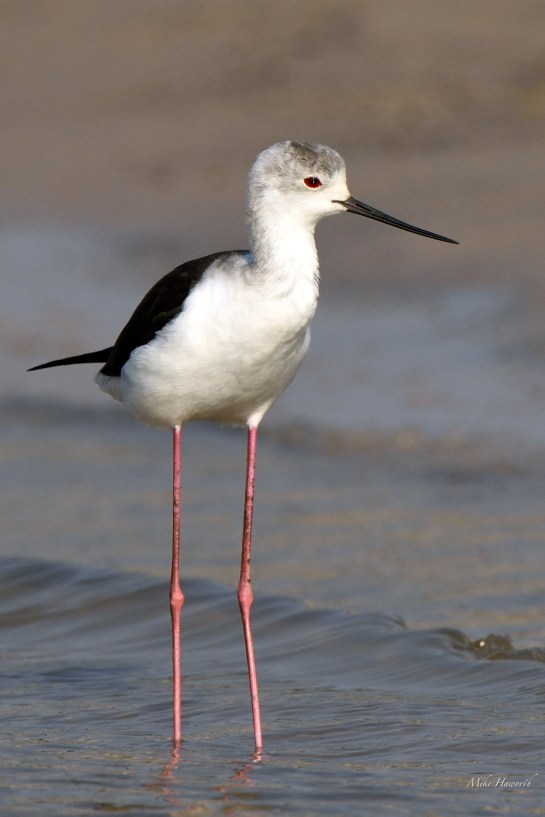
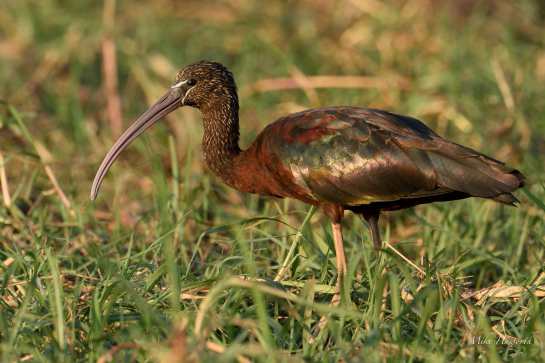
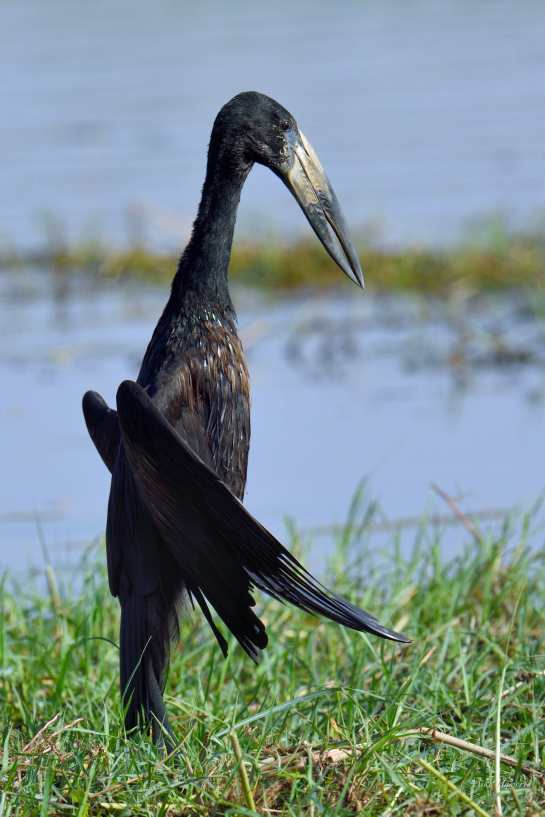
Stunning action images as usual Mike. I like the Fish Eagle attack and was hoping to see a kill :-). I am there from Sunday for a week and look forward to some nice photography again.
Hi Mike,
Your blogs are always brilliant but, in my view, this is your best blog to date! Your photos are seriously WOW and I don’t believe you are second to anyone! Thanks for sharing with us!
After going through your blog for the third time, I am still in awe of your work! Wow, Wow, Wow